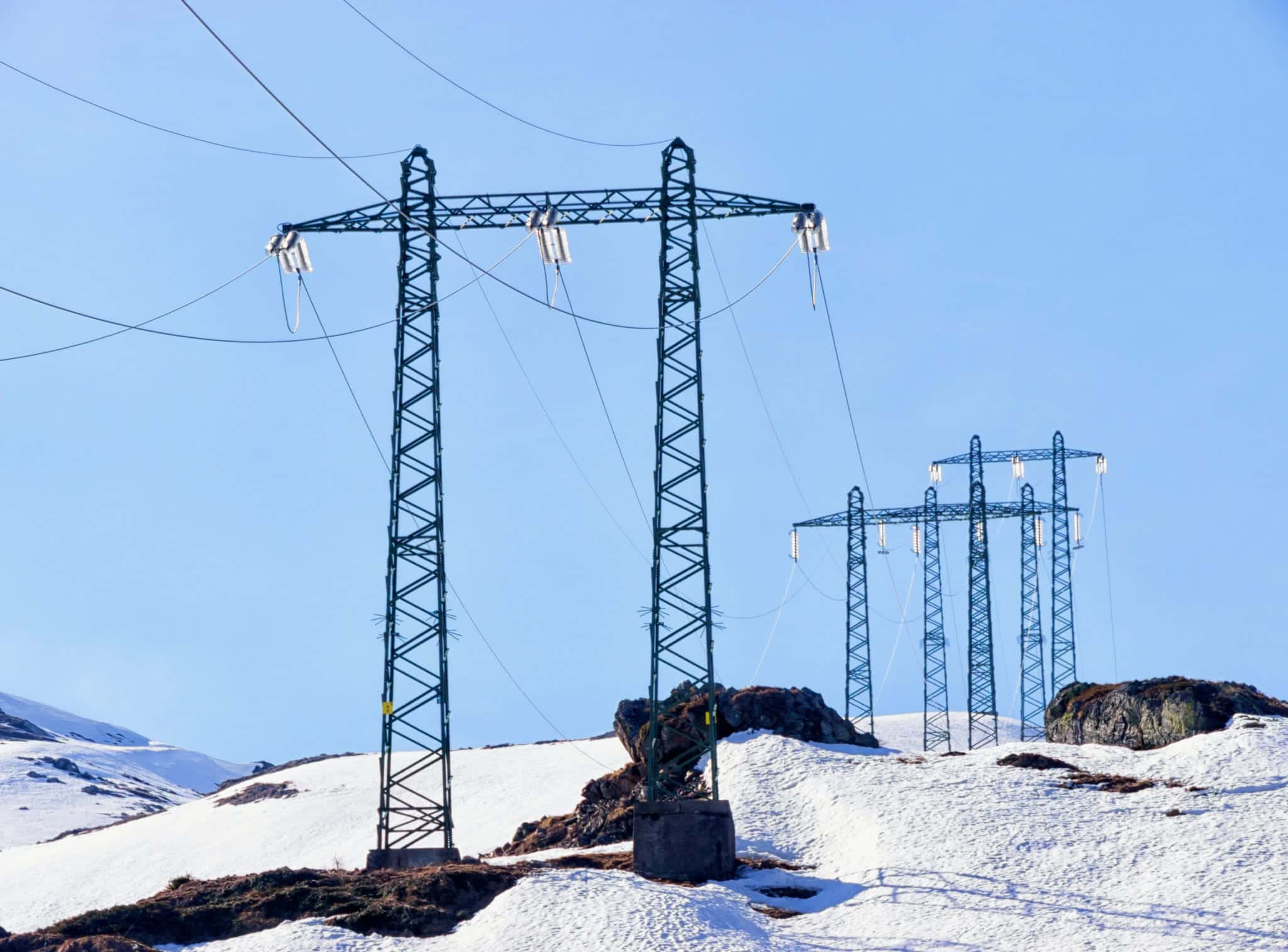
Phone vs. Water
New nano-coatings can offer water and liquid damage protection for electronic and mobile devices. This new technology creates a thin, impenetrable layer of protection that guards electronics not only against drips and splashes, but from full submersion. Through a proprietary vapor deposition process, the protective nano-coating is applied in a vacuum chamber and works from the inside out to shield even the most intricate parts of electronic devices. It forms a seamless barrier that is invisible to the naked eye and 100 times the thickness of traditional plasma coatings.
Source: Courtesy of HZO
Anti-Icing Power Lines
Anti-icing coatings applied to power transmission lines and cables help prevent and mitigate the build-up of ice on these critical communications components.
Source: INMR


Protecting Communication Infrastructure
Special coatings used for communications instillations, satellite dishes, and radar housing domes (radomes), are designed to resist corrosion, abrasion, chemicals and impact, and to be self-cleaning in most environments. They function to prevent water film from building up and hindering signals. Interestingly, these coatings are applied in a range of climates, from deserts to the Arctic.
Source: Valence Surface Technologies
Coatings on Everyday Devices
Transparent, conductive coatings used on electronics, including cellphones and tablets, create a film integral to making usable the touch-screens so entrenched in our lives, enabling excellent sensor-conductivity function and optical performance.
Source: Abrisa Technologies


Coatings for Fiber Optics
Optical fiber coatings make telecom and internet technology possible by protecting the glass fibers that transmit telecommunications signals. UV LED (ultraviolet-light-emitting diode) cure coating technology helps minimize the environmental impacts of fiber optic production processes by replacing the conventional, energy-hungry curing systems used for fiber optic coatings with UV LED cure.
Source: Covestro